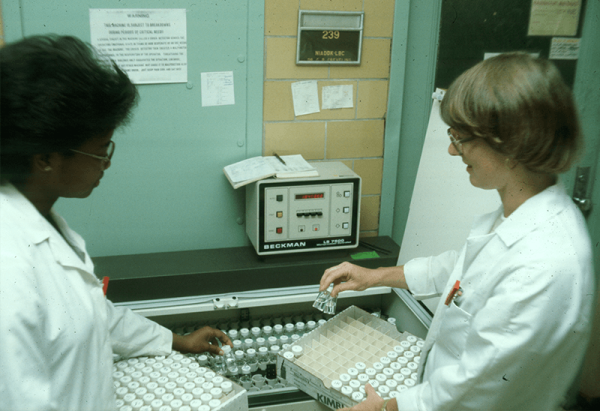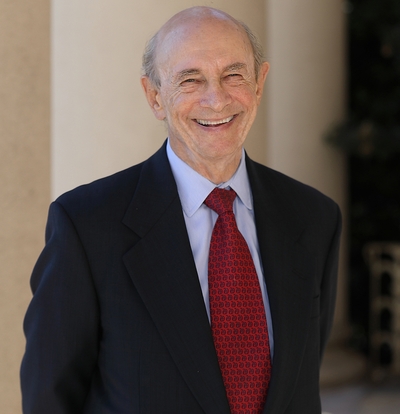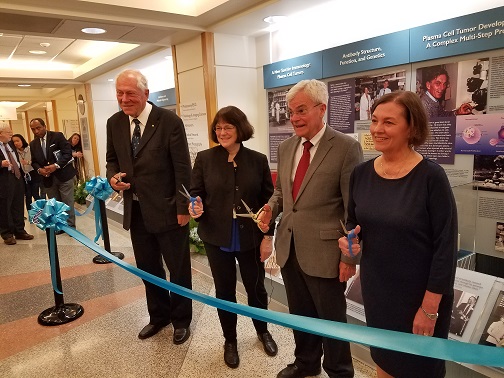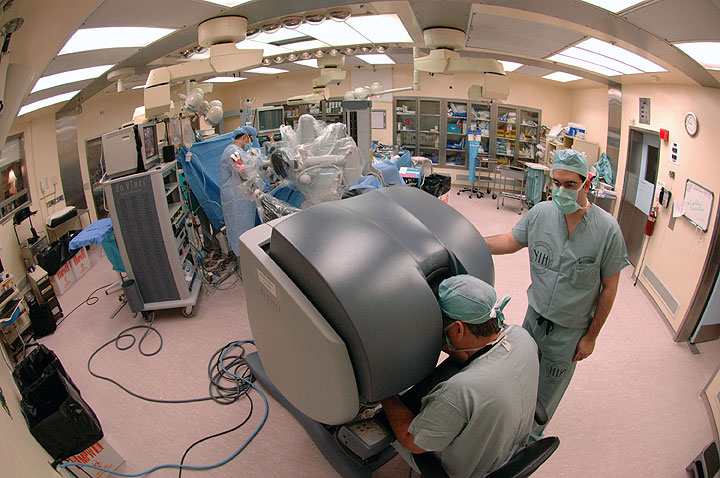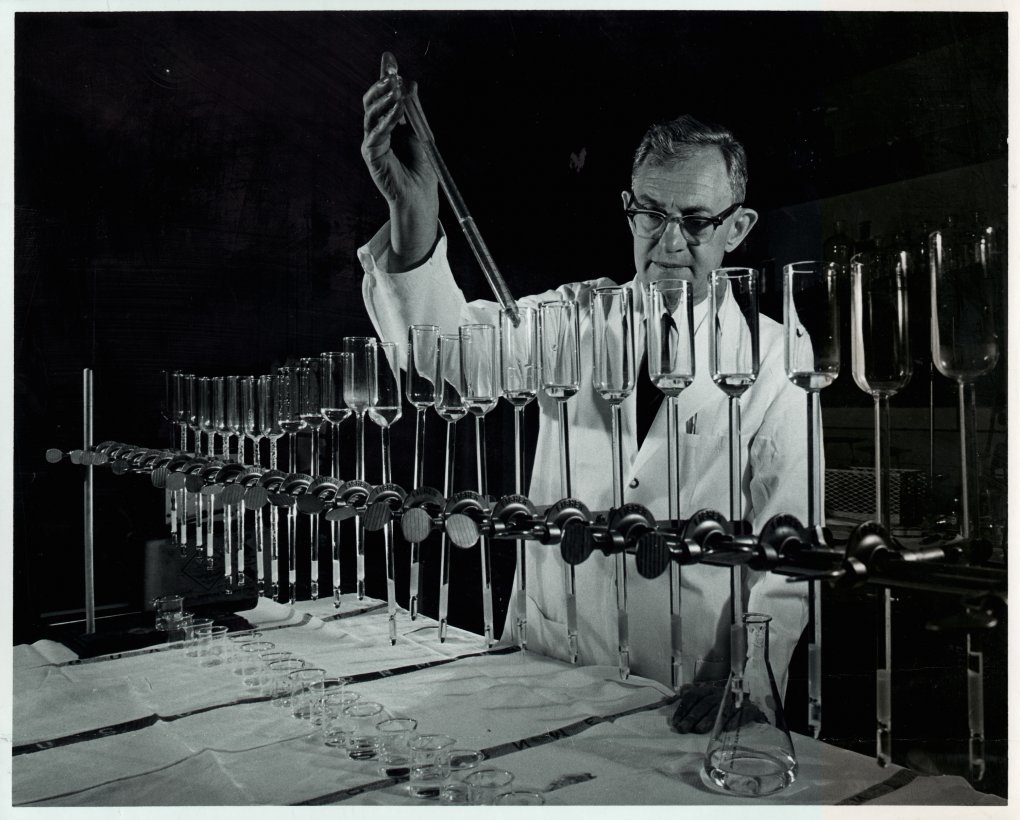A Look Back at the IRP’s History-Making Women
NIH Archives Document the Tremendous Importance of Female Scientists
Women’s History Month is celebrated every March, and women scientists have undoubtedly made invaluable contributions to IRP research over the course of NIH’s history. Despite this, women still remain under-represented in biomedical science at NIH and elsewhere today, prompting the IRP to make supporting the careers of female researchers an important priority. While NIH works to rectify the gender imbalance in scientific research, it’s important to take time to celebrate the many women who, even when confronted with significant historical obstacles, have made a name for themselves in the lab and on the pages of scientific journals. Join me in taking a look through the archives of the Office of NIH History & Stetten Museum to learn about some of the many women scientists who have been at the forefront of science and administration at NIH.

